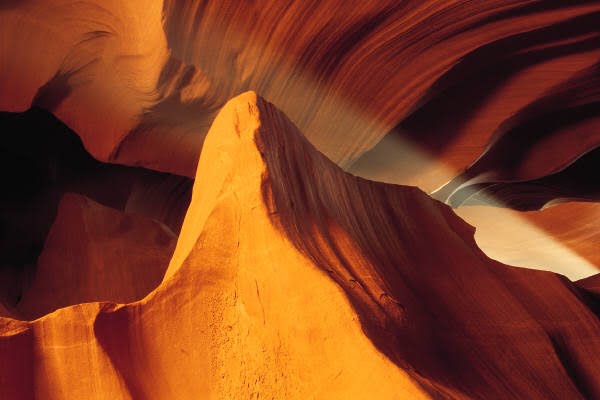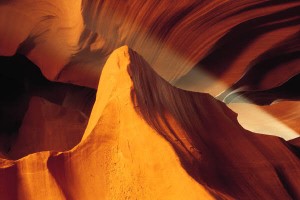
It was Passover 1982 in Cambridgeport Massachusetts. I was part of a community of other performing artists and writers. Our desire to provide an eclectic community offering with an open invite for anyone who needed a Passover place to come, was greeted with an extravagant response. Many religions and nationalities and points of view and creative talent was at our table that night. There was music, improvisational performances, intense discussion with many points of view diverging and converging.
I became immersed in a conversation with an Israeli woman, or was she Argentinian , I cannot recall now. Her ardent interest in my activities activated my current concern. I needed to find a form for my potent interests to converge and mature and I was beginning to sense a need for an external legitimization of my work. I was primarily engaged in developing performance art as community ritual, writing as a interactive experience, healing arts therapies and their relationship to ancient and indigenous forms. She responded to my discourse with the firm conviction that the Expressive arts therapies Graduate Program was my answer. I had no knowledge of this program but I was intrigued. Stephen and Ellen Levine refer to this program in their text Foundations Of Creative Arts Therapy, Theoretical and Clinical Perspectives1999 / “ Expressive Art Therapy as a separate field of professional practice is, in fact, a comparatively recent development . Its origins can be traced back to the early 1970’s when Shaun Mcniff , Paolo Knill, Norma Canner and others founded the Expressive Therapy Program at Lesley College Graduate School in Cambridge,MA. The philosophy of this program embraced an inter-modal or interdisciplinary approach to the art therapies….Connections were made with indigenous healing systems, such as shamanism, and with contemporary philosophical developments , such as phenomenology, hermeneutics and more recently deconstructionism. The program fostered the development of a creative therapeutic community of students and faculty; Paolo Knill in particular, following the work of Ann Halprin and others, developed the principles and practice of community art making.”
Stephen and Ellen Levine refer to this program in their text Foundations Of Creative Arts Therapy, Theoretical and Clinical Perspectives1999 / “ Expressive Art Therapy as a separate field of professional practice is, in fact, a comparatively recent development . Its origins can be traced back to the early 1970’s when Shaun Mcniff , Paolo Knill, Norma Canner and others founded the Expressive Therapy Program at Lesley College Graduate School in Cambridge,MA. The philosophy of this program embraced an inter-modal or interdisciplinary approach to the art therapies….Connections were made with indigenous healing systems, such as shamanism, and with contemporary philosophical developments , such as phenomenology, hermeneutics and more recently deconstructionism. The program fostered the development of a creative therapeutic community of students and faculty; Paolo Knill in particular, following the work of Ann Halprin and others, developed the principles and practice of community art making.”
There was a common medium, an elemental source that I kept entering or kept trying to draw from and Lesley was one place that was attempting to provide an overriding structure , a unifying foundation, in which included much of my current preoccupations. I was not sure if this was the answer to my in-articulated questions, but certainly the inquiries were similar and the sources drawn from in response , were intriguing.
Sometimes I am much more sensitive to the subtle realms and less attuned to the obvious. I just realized it was Passover season again. Twenty-eight years later I am still in awe of the continual transitions we must make as humans. We have our own seas to cross over, at times turbulent at time calm. We all our chosen. I look forward to unearthing the origins , and describing the current approaches, I have developed to support these crossings. This will be my concentration in my Springtime postings.
The body, they say, is a boat and the soul is the sailor. Samsara is the
ocean which is crossed by the great sages.W
Jainism. Uttaradhyayana Sutra 23.73
(From online source, World Scripture)